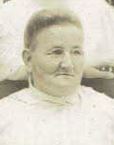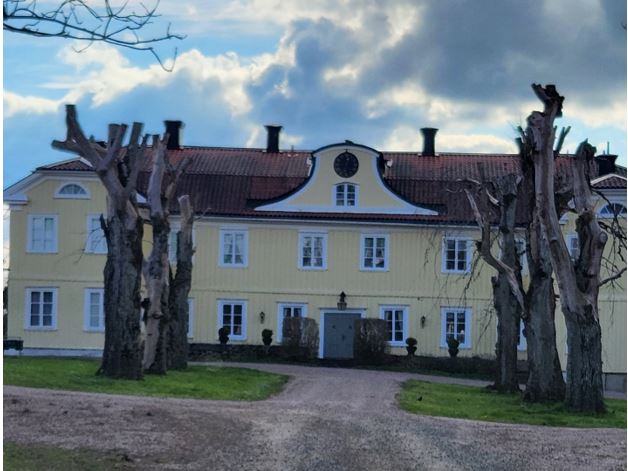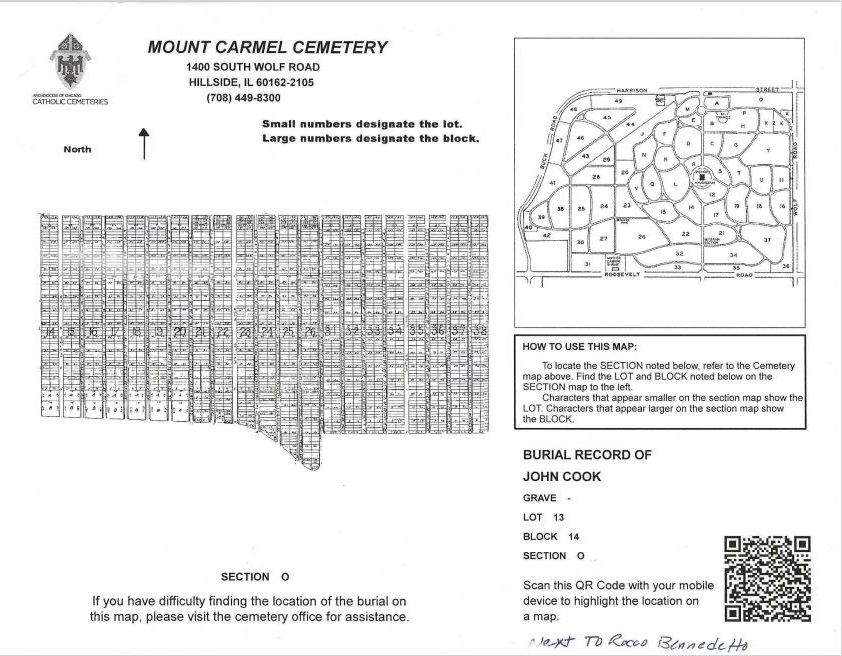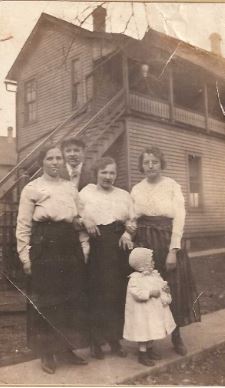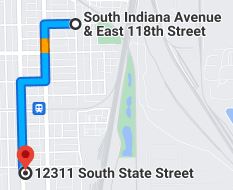Originally published on genealogyatheart.blogspot.com on 25 Oct 2015.
Hope you enjoyed the genealogical synchronicity links in my last blog. For some reason, many of my strange experiences tend to revolve around photos and I’m going to share 2 odd occurrences that happened in the same week which completed a prediction made 18 years earlier.
The Christmas before my first child was born, my in-laws gave me a book to record family history. My mother-in-law asked me 3 months after my child was born if I had the book completed as she knew I was extremely interested in genealogy. Overwhelmed with motherhood, I told her no. She said she expected that I would have it completed back to the American Revolution by the time my child graduated from high school. Little did I know how right she would be and the odd timing of an important discovery in that line that made her prediction accurate.
I was always intrigued with my husband’s 2nd great grandmother, Drusilla Williams DeWolf Thompson. No one else in the family was named Drusilla so where the name came from we don’t know. I liked to call her Grandma Dru because Drusilla makes me think of one of Cinderella’s mean stepsisters.
Hubby’s parents didn’t know much about Grandma Dru; their knowledge was that she was a seamstress in Chicago and that she had arrived there via Conestoga wagon from upstate New York with her husband. She was supposedly the youngest of 21 and her father, John Hicks Williams, a sea captain, died from a bad shave in the Orient. Turns out much of that story isn’t fact. Some of the wrong information came from an undated letter written by a family member who though Drusilla’s sister was a member of the Daughters of the American Revolution (DAR) and the Mayflower Society. No one in the family questioned the accuracy of the information until the early 2000’s when a second cousin decided to join the DAR and found their was no link in the line.
I came into contact with the cousin’s daughter via an internet posting on Rootsweb Gen Forum seeking info on Dru and I agreed that I would help research the family. Separately, the cousin, her daughter and I made several trips to Long Island and Troy, New York seeking records as back in those days, internet searching was difficult. We were able to prove descent from Dru’s paternal grandfather, Wilson Williams, and that Wilson was a member of the Hempstead Harbor, Long Island Militia during the American Revolution. Along the way we discovered another cousin via the internet who filled us in on her line.
We had documentation from the family, census, military, church and civil authorities but what we longed for was a picture of Drusilla. Dru died in Chicago, Cook County, Illinois in 1898 so it was probable that she had been photographed in her lifetime. I have all of the pictures of my husband’s family and none were of Dru. The cousins had no picture, either. We decided to search collateral lines. Dru had one son, John Calvin, with her first husband, Calvin DeWolf, who had died in 1852. John Calvin had 4 children, Sadie, who died in 1953 had no children. Caroline died as an infant in 1883. Nellie died in 1908 during childbirth and Henry, who died in 1924, was unmarried. The cousins and I would joke that the best chance of finding a picture would be for me to search antique shops locally as Sadie had died not far from where I live. Instead, we decided to search other collateral lines.
Dru had 3 birth children and 1 adopted child with her second husband, Thomas Coke Thompson. The adopted child, Nellie, seems to have vanished after age 11 so we assumed she had died. Dru’s oldest child, Lewis Warren, died in 1883. He married twice and had one child, Louisa, with his second wife. Louisa also married twice but her only child died at age 3 in 1910 so this was another dead end.
Dru and Thomas’ second child, James, had 2 children. Daughter Rose died as an infant in 1883. Jeannette, their other child, died in 1944. She married but had no children. No picture would be found here, either!
If a picture existed it would be in the possession of a descendant of Dru’s youngest child, Mary, who both my husband and his internet found cousins’ descend. Mary and Andrew Cook had 7 children but we could quickly eliminate 6 of the children’s descendants from having a photo. Lulu May, who is my husband’s grandmother, can be eliminated since I have all of the family pictures. To be sure, I double checked with all of his living relatives and no one could recall ever seeing a picture of Dru.
Oldest son, John Thompson, who one of the cousins is descended from, and second oldest son, William DeWolf Cook, who the other 2 cousins descend from, can be eliminated as none of those families had a photo. Three of Mary’s children died without marrying – Drucilla in 1897, James Andrew in 1906 and Whitney Calvin in 1924.
This left one of Mary and Thomas’ children to find – Grace Gertrude Cook, the author of the undated family letter. This was our last hope! We knew that Grace had married John Honaker and they had 2 children. I had met one of their children, John Sheridan Honaker, who had retired not far from where my husband and I lived when we first married and my in-laws would visit John when they came to see us. He had 2 children we had never met. Grace’s second child, Anne Virginia, married and also had 2 children we had never met. My sister-in-law thought the family lived somewhere in the midwest.
Finding an obituary for John Sheridan Honaker, the cousins were able to get a phone number for one of his children. This newly found cousin hadn’t ever seen a photo of Dru, either. She doubted anything was left as a tornado in 1974 had blown the roof off her family’s home and there were only a few pages of the Family Bible that had survived. She promised to check with her uncle who had been the one to clean up after the tornado.
It took several months for the cousin to be able to convince her uncle’s son to look in the attic. The son insisted that everything had been lost and he really didn’t want to climb around his dad’s attic as the uncle was too old to look himself. She volunteered to look but was politely told no.
I had moved on to other lines and really wasn’t thinking about Dru when I dropped off at Walgreens a baggie filled with undeveloped film and disposable cameras I had found while spring cleaning in a spare closet. It was a Sunday afternoon and I knew I had too much for the harried clerk to develop in an hour so I told her to call me whenever she got the film developed. As I turned from the counter I ran smack into another customer who I hadn’t known was standing close behind me. I apologized and asked if she was okay since she clearly looked rattled. She said she was fine but she certainly didn’t look it; she was scowling and tense. I told her that I hoped the rest of her day would be calm and beautiful. As I walked past her she asked if she could have a word with me. I turned and she sputtered that she was psychic and did I know that I had a lot of dead people surrounding me. The store clerk was taken aback but I just laughed and told the customer that I was a genealogist and that they were most likely all my relatives. The woman told me she had never seen anyone surrounded by so many dead people. I laughed again and told her I had a big family and that I hoped they were all listening because I really needed their help in finding their records, especially their pictures. I shared what happened when I got home with my husband who shook his head and remarked that the strangest things happen to me. Every time I see this cartoon I think of that experience:
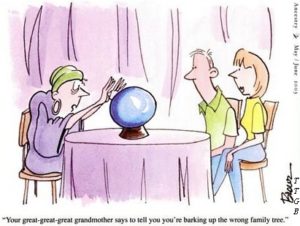
I got a call several days later from Walgreens to pick up my photos. While I was gone my husband was checking email. When I returned from the store hubby was excited and told me there was an email I just had to read right away – it was from the Midwest cousin. Here’s a transcription of the email dated 5 April 2001 but I have used initials only as I don’t have permission to use their names:
“Found it!!!!! Actually J. found it. It is very faint and has some water damage. I will send you all copies (I’ll take it in tomorrow). I have never been to Graceland [Cemetery] but there is a tall white stone with what looks like an urn on top. On the left side of the picture is a young girl with a fancy dress. Seated next to her is a bearded man with a top hat. To the right of him is a girl with her head resting on her hand. Two boys are seated on either side of the monument. On the back in a flowery script it says: Graceland Cemetery 1870 Thomas Thompson Drusilla Thompson Lewis Thompson James Thompson Mary Thompson.
I will have the back photocopied so that I can send that along with the prints. Hope this does it for you. I actually jumped up and down when Uncle B. handed it to me. He did not want me to take it from the house, but I insisted… Congratulations! S.”
I shouted and jumped up and down, too and thanked all the dead people who supposedly were following me. Later that evening I received the following email from the Midwest cousin:
“I had a long talk on the phone with Uncle B tonight about Aunt V. and we were rejoicing over the good news from the doctor. Then he says, “S., did you pray about this picture?” (He is a religious man. I don’t pray about pictures.) I said, “No, but it means a lot to I. and her daughter, and to Lori. Why?” And he says, “J. didn’t go up to find the picture. He was just going through some old things cleaning up. Then he came upon a box that he had never seen that had been up there before the tornado because it had water damage. He went through it and found old clothes and things, and there in the bottom of the box was this picture. The only picture in the box. Somebody’s prayers must have been answered.”
“Well, I’ll leave that last part for you to decide. But this is very weird because J. has been through those attics time and time again and he said this box was just sort of sitting there. This makes the tape thing* of mine even spookier. Anyway, J. brought the picture down not eve (sic) knowing what it was because it was so faint, and wouldn’t you know. It’s the picture.
Just thought I would share that part of the story with you. You can make of it what you will. S.”
And you, dear readers, can make what you will of this odd story that happened to me. Here’s the picture:
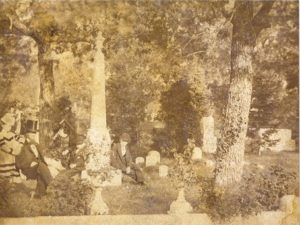
From a later email, here’s further information about the photo:
“…I asked what they [the photography shop] could do to make it clearer and they said that I would be pleasantly surprised because it was made before there was film so there is no grain and should enlarge perfectly. I had them make a 5 x 7 with some cropping of tree tops from the top; a 5 x 7 that focuses on the family and the monument and an 8 x 10 that includes as much of the picture as possible in the original, which is about 7×6…”
The miracle of this picture is that it survived not only the 1974 tornado but also 131 years of no heating or air conditioning, the Chicago fire (1871), and several moves across three states.
But the story doesn’t end there….
Six months after the photo was discovered my eldest child was inducted into the DAR; it was her senior year in high school as my mother-in-law, long dead, had predicted would happen.
As I was writing this blog I decided to take a break and look at some of the hints that had popped up on ancestry. I have disabled most of the hint feature so when I get some, I tend to take a look. I can’t explain how there was a hint for Find-a-Grave for Uncle B, the man who had the picture in his attic. I didn’t even know he had died 3 years ago. Someone had posted his and his wife’s gravestone photos just 2 months ago. I have no idea who made the memorial or the relationship of the person who posted the photos. Why that hint showed up a few hours after I had written most of this blog I can’t explain, either.
So just maybe all those dead people behind me in Walgreens are still around helping me keep my tree updated. I don’t understand how it all works but I certainly appreciate the help!
*I’ll save that strange story of the tape for another day!
